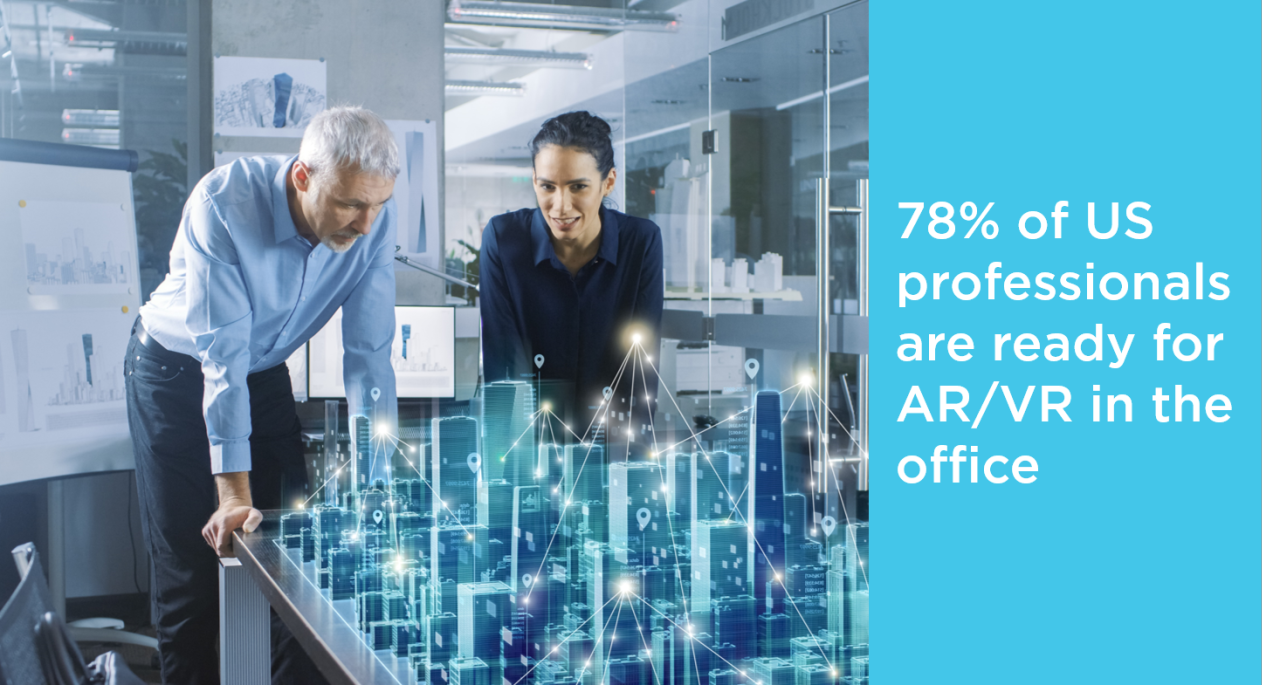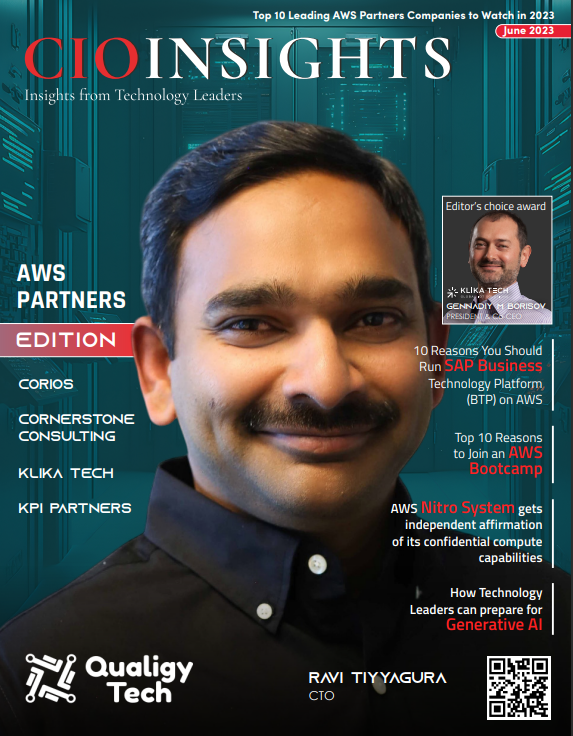The Future of AR/VR: Consumers Changing the Course of Enterprise Tech

When looking back over the last 25 years, what are the most defining technological advancements? The following milestones come to mind: the shift from desktops to laptops, cell phones to smartphones, and the ubiquity of email and access to the internet itself.
One thing that all of these tools have in common is that they gained traction in the enterprise before mainstream consumer usage. But in today’s digital age where everyone has access to the latest technology, we’re seeing the reverse of this trend. Consumers are increasingly driving the advancement in tech ahead of the enterprise by bringing their technology preferences into the workplace.
How is this trend going to impact augmented reality and virtual reality (AR/VR) adoption, technology used in both consumer and business markets? Commercial enterprises are indicating that AR/VR adoption in the workplace is not a matter of if, but when. IDC predicts that commercial sectors will account for 80 percent of worldwide spending on AR/VR products and services by 2022.
Yet, the use of AR/VR in the workplace is far from ubiquitous. My team at Mojo Vision surveyed more than 1,000 US workers to understand future worker adoption of AR/VR and other advanced technologies, compiling the results into a new report. According to the report, over half of workers surveyed (55%) see a future where AR/VR headsets or similar devices are as common as smartphones. Most telling, while 75 percent of these workers stated they hadn’t yet been exposed to AR/VR in the workplace, 78 percent said they’d be open to using such devices if asked by their employers.
We wanted to dive into this further and learn: what do workers see as the biggest benefits of AR/VR? What are the downsides of current technology that could limit adoption? And how willing are workers to accept new form factors now and in the future?
Professional Struggles Could See Relief with Tomorrow’s Tech
Every day at our jobs we come across difficult tasks — from public speaking and managing complex assignments to gathering critical information and preparing for that big meeting. A majority of the workers from our report believe the future of workplace technology will have a positive personal impact on their job. More than half (56%) anticipated that future tech would make it easier for them to communicate with people in other locations or in different languages, fostering more personal connections.
When it comes to AR/VR specifically, 54 percent stated these technologies will give workers immediate access to information, like sales numbers, forecasts, and other essential data. It will also help them learn new skills (48%) and remember or adhere to required processes, procedures, or compliance (35%).
What Will Need to Change: Privacy, Comfort, and Social Acceptance
While US workers are excited about the potential of AR/VR technology, they also pointed out specific elements of current AR/VR hardware and usability that need to change or improve. More than half of employees (58%) anticipate privacy being a concern when using the tech. Another 49 percent said that comfort would be an issue if they had to wear the headsets for extended periods of time, and they would feel awkward using these devices around their coworkers.
This sort of attention to worker needs is particularly important for hardware technology in the workplace. Because if tomorrow’s tools are not designed and built with employee preferences in mind, workers may very well resist, and enterprise adoption could face challenges.
A Turning (or Vanishing) Point for AR/VR
If consumer adoption of AR/VR says anything about its future in the workplace, we know that user experience and comfort with these devices isn’t good enough yet. To address this, tech companies will need to evolve their designs from more conspicuous hardware to form factors that are less intrusive, near invisible, and socially acceptable.
This is something we’re actively working toward at Mojo Vision with the concept of Invisible Computing — the ability to easily access the vital information we need, yet still focus on the task at hand and the people in front of us.
From our report, we learned that 61 percent of workers said less visible workplace tools would help them immediately recall critical information required to complete a task or process, and 56 percent thought it would help keep important information on hand for meetings or presentations. Another 47 percent saw the benefit of Invisible Computing in providing them better face-to-face connections with customers or clients.
We’ve seen industry-specific success with AR/VR hardware in fields like healthcare and manufacturing. But at Mojo Vision, we’re working to build a platform that addresses the inherent problems of current AR/VR solutions by enabling a world of instant information where people can still connect with others freely without distraction or interruption.
The Future of Virtual Reality (VR) and Augmented Reality (AR)





